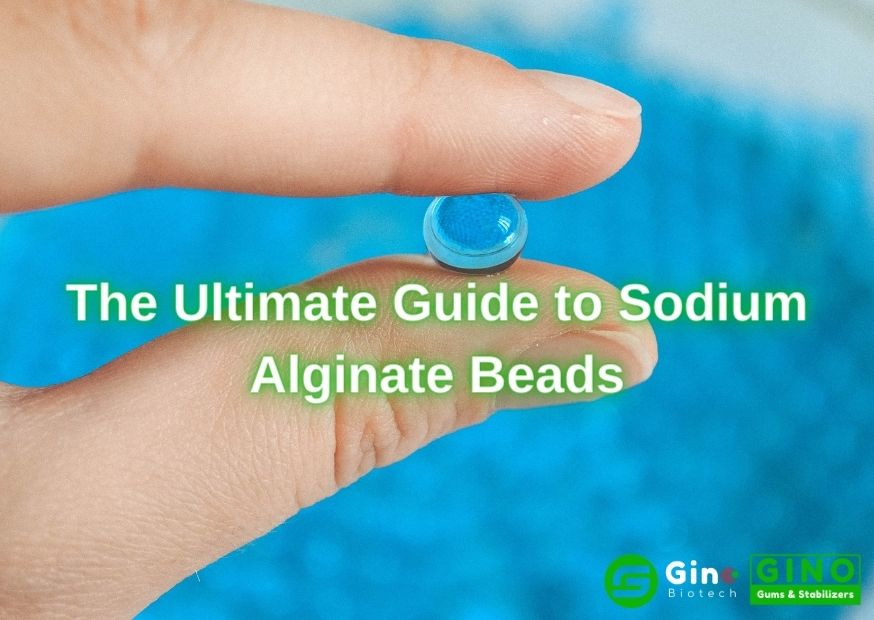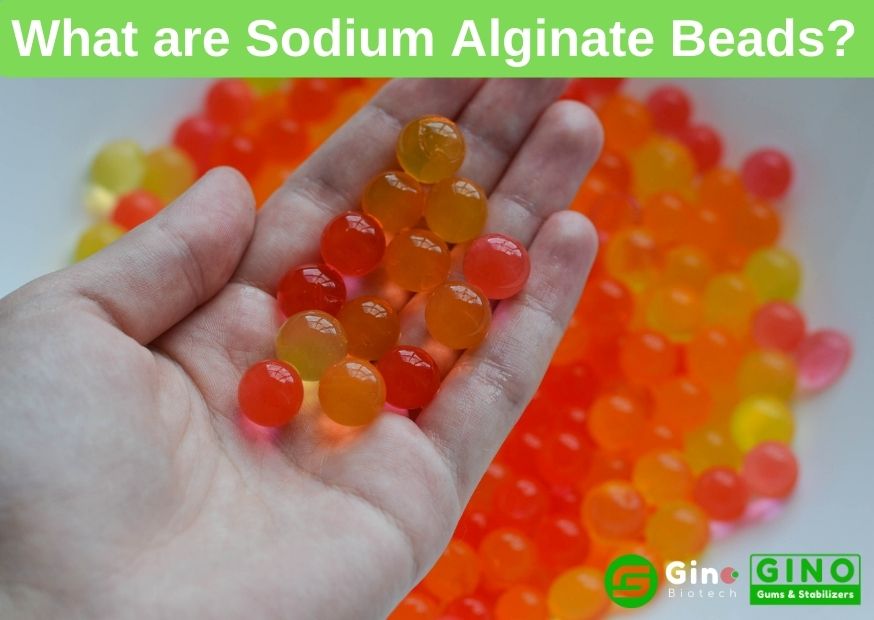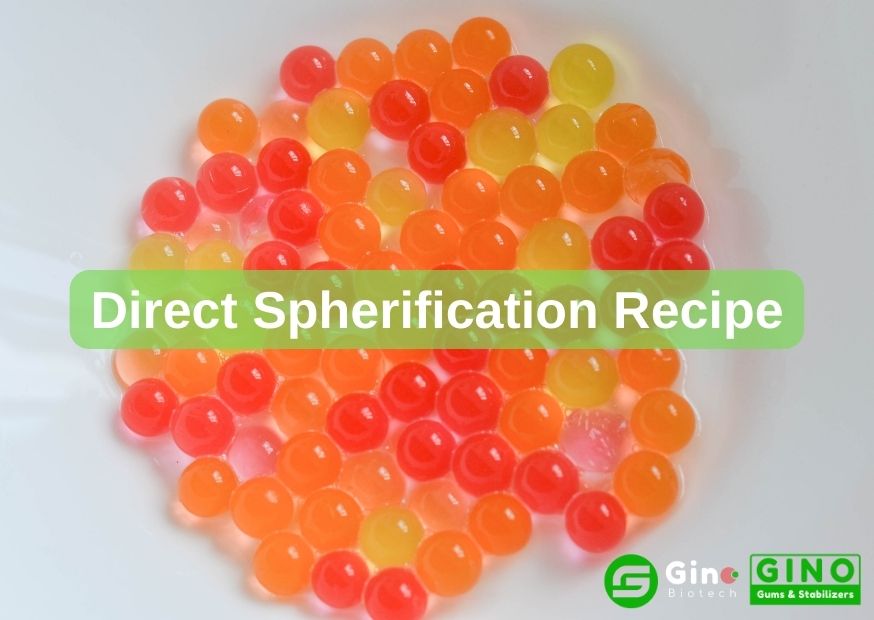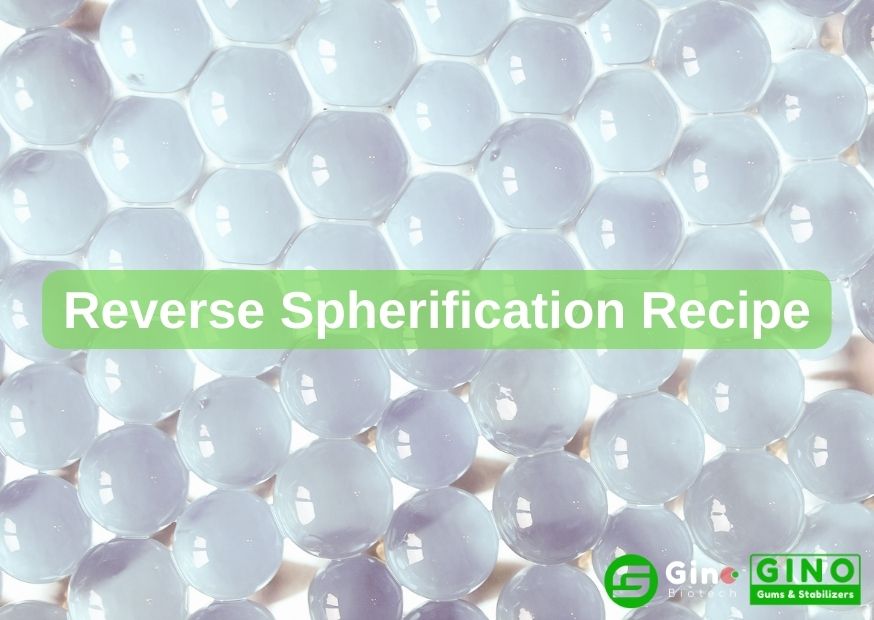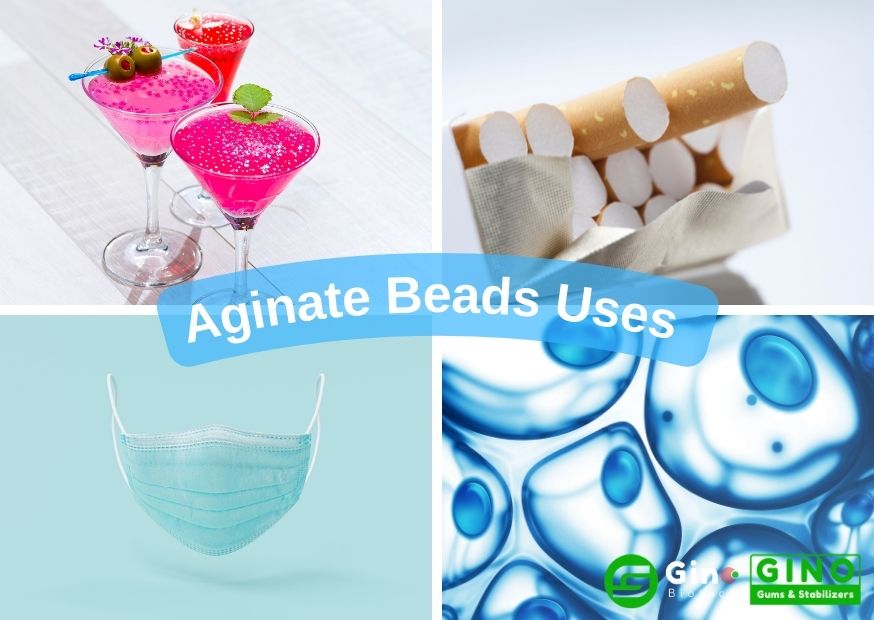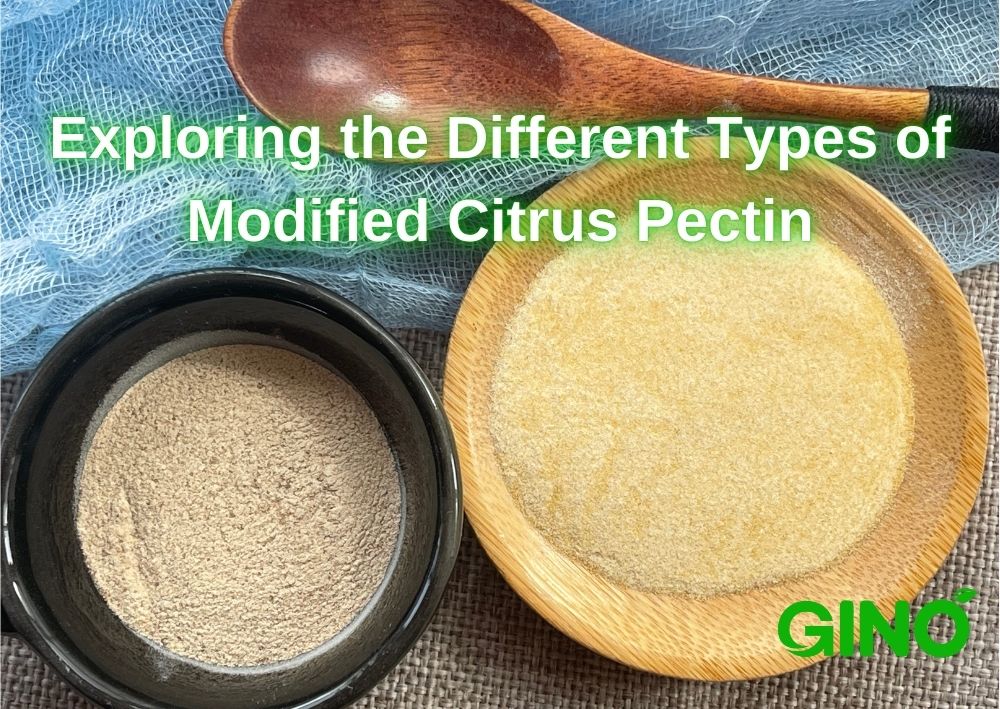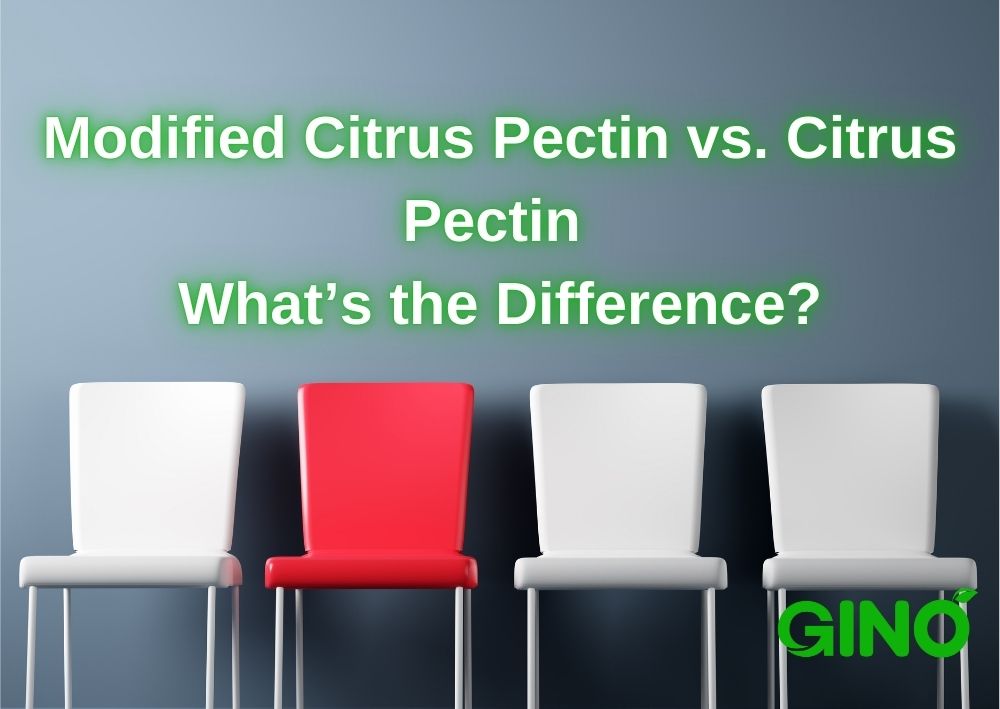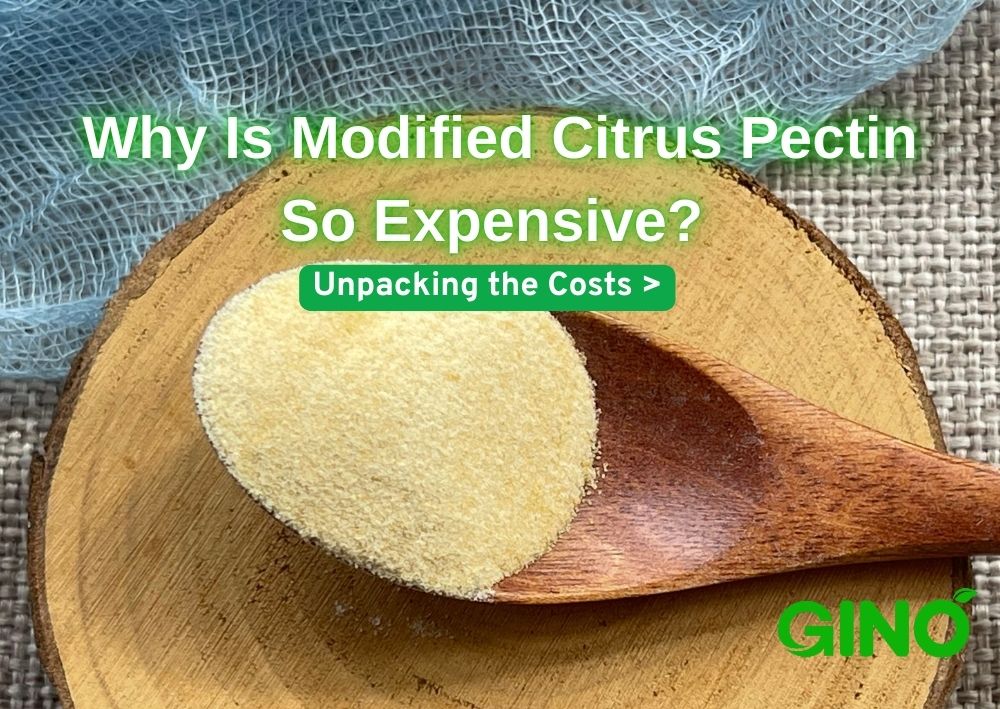
Se procura um fornecedor fiável de hidrocolóides à base de plantas e de soluções alimentares na China, a Gino pode ser a melhor escolha. Oferecemos as melhores opções de ingredientes e a melhor solução para impulsionar o seu negócio. Ler mais
Foco no cliente
Desenvolvimento de produtos
Embalagem personalizada
Apoio técnico
Serviço rápido

